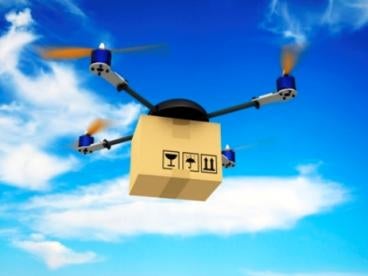On June 21, 2016, the Federal Aviation Administration (FAA) released its much-anticipated new Small Unmanned Aircraft System (UAS) Rule (Part 107). Simultaneously with its release, the White House issued a Fact Sheet for the new Rule. The Rule permits the operation of small UAS (an unmanned aircraft weighing less than 55 pounds) in the National Airspace System, and paves the way for the more ubiquitous use of UAS (aka drones) for commercial, public safety, scientific, and educational purposes.
The FAA has historically accommodated non-recreational small UAS use through special airworthiness certificates, exemptions, and certificates of waiver or authorization. In its latest annual Aerospace Forecast Report for Fiscal Years 2016 to 2036, the FAA noted that, as of March 16, 2016, more than 4,000 exemptions had been granted for commercial UAS operations, and the FCC had received approximately 408,000 registration applications for UAS weighing less than 55 pounds.
The new Rule will permit UAS operations for applications such as the delivery of consumer goods, inspections of cell phone towers, bridges, pipelines, electric lines, and oil rigs, crop monitoring, search and rescue missions, research and development, and aerial photography, to name a few. The Rule limits small UAS to daylight and twilight operations with appropriate collision lighting, confined areas of operation, and visual-line-of-sight operations, and imposes operational limitations and remote pilot in command certification and responsibilities. There is a waiver mechanism to accommodate new technologies and unique circumstances if a proposed operation can be conducted safely under the terms of a certificate of waiver.
While the FAA’s new Rule does not address privacy issues, this is a developing area that will remain at the forefront. Several Federal agencies have instituted UAS privacy pursuant to a Presidential Memorandum issued last year, Promoting Economic Competitiveness While Safeguarding Privacy, Civil Rights, and Civil Liberties in Domestic Use of Unmanned Aircraft Systems. In addition, the National Telecommunications and Information Administration (NTIA) convened a multi-stakeholder process to examine the privacy, transparency, and accountability issues relating to commercial and private use of UAS. NTIA recently released an updated Voluntary Best Practices for UAS Privacy, Transparency, and Accountability, which focuses on when UAS operators should provide notice and/or obtain consent from individuals whose personal data they collect, and how such data should be used, shared, and stored.
The small UAS Rule is the first of many steps in the advancement of aviation technologies to enhance operational efficiencies, public health and safety, and quality of life.





 i
i

